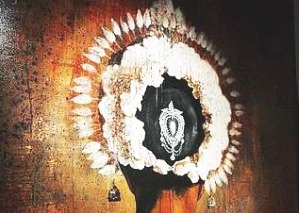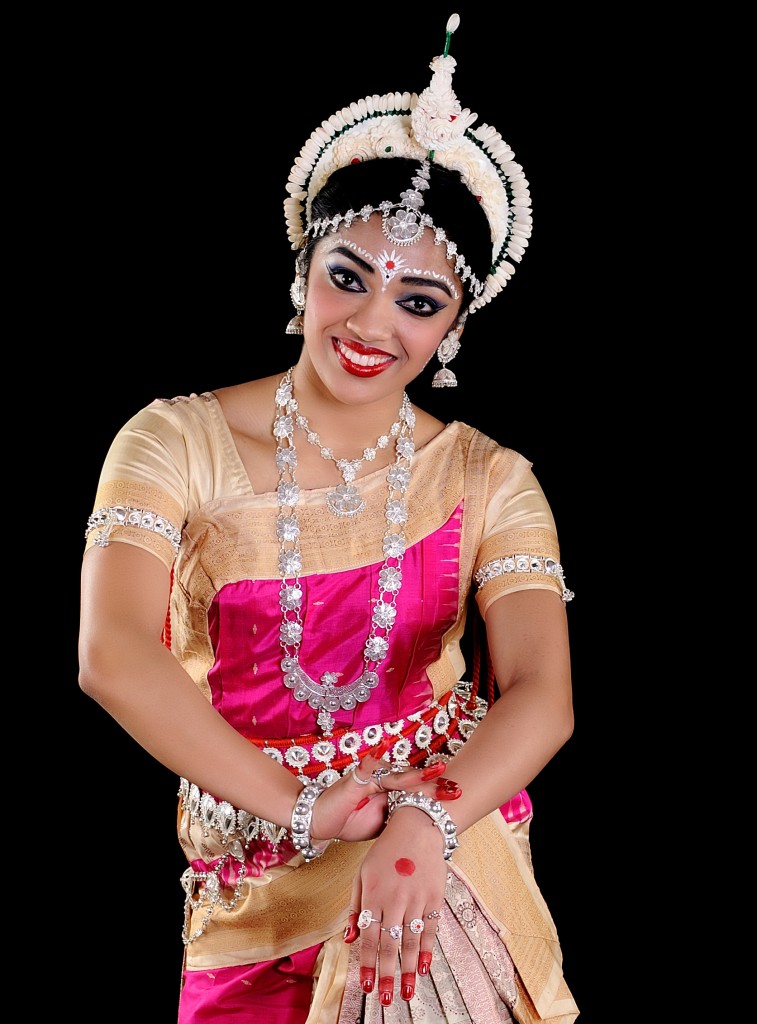Odissi is an Indian Classical Dance style with origins in Odisha, a state in eastern India. The sacred body of text for Indian dance, the Natya Shastra, refers to Odissi as “Odra-Magadhi“, where “Odra” means Odissi and “Magadhi” refers to the Magadh region in which the state of Odisha used to belong in 5th Century B.C.E. In the pre-independence era of India (during the British rule), Odissi was abolished and artists were prevented from performing it in public. After India’s independence, however, there was a movement to revive all Indian art forms, and Indian Classical Dance was used to define Indian identity.
The origins of Odissi can be traced back to 2nd Century sculptures in the temple caves of Udaygiri. Thus, the dance style became attached to the temple culture of Odisha as a form of devotion to Lord Jagannath. Over the years, three different schools or styles of Odissi have developed: Mahari, Nartaki, and Gotipua. Maharis were female temple dancers who performed in front of deities of the temples. Nartaki refers to the tradition that evolved in the royal courts. Gotipua is a form of street entertainment where young boys used to dress up in female clothing to enact female roles.
There are two main postures characteristic of Odissi. One of them is the Tribhangi, which refers to a three-part bend at the neck, torso, and knee. The other common stance is Chauka, a square-like position that is said to be representative of Lord Jagannath. Like Kuchipudi, Odissi has elements of both grace and strength. Much of Odissi expression and storytelling revolves around Lord Krishna.
Odissi is typically accompanied by live music in the Hindustani style, with a vocalist, baansuri (bamboo flute), mardala (percussion), manjira (symbols), and sitar. A defining feature of Odissi costume for women is the headpiece known as “mahkoot“, which literally means crown and represents a lotus with a thousand petals placed above the head chakra (energy center).

Prominent Odissi gurus who have won the Sangeet Natak Akademi Award include: Late Padma Vibhushan Kelucharan Mohapatra, Late Pankaj Charan Das, Late Deba Prasad Das, Ramli Ibrahim, and Sharmila Biswas. Bollywood actresses who have been trained in Odissi are Esha Deol and Rani Mukerji.

References:
http://www.newworldencyclopedia.org/entry/Magadha
http://www.odissivilas.org/costumes.htm
http://gayatriodissi.org/odissi-costume-makeup/
http://www.rudrakshyafoundation.com/history.php
http://chandrakantha.com/articles/indian_music/nritya/odissi.html
http://www.mayurdance.org/odissi.php




